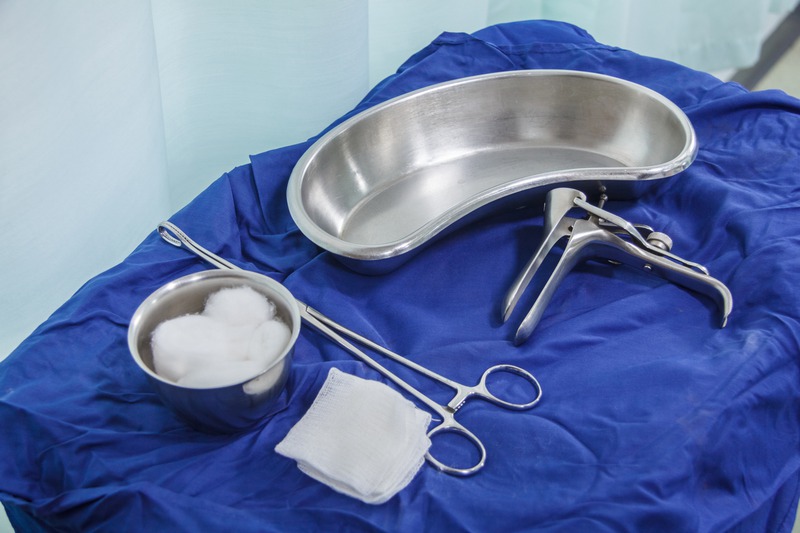The decision to undergo an abortion can be sensitive and emotional. Knowing the practical details can make the experience less stressful. Preparing yourself beforehand helps to manage expectations and feelings during and after the procedure. Understanding what happens can also provide comfort and reduce anxiety.
Step-by-Step Details of an Abortion Procedure
Consultation and Medical Assessment
Before the abortion itself, you’ll have a consultation. You will meet healthcare professionals who assess your medical history and current health status. They will ask questions regarding allergies, medications, and previous pregnancies to ensure your safety.
Medical assessments often include basic tests such as blood pressure monitoring and urine sample collection. Ultrasounds may also be performed to check the stage of the pregnancy. A healthcare provider will clearly explain each step, allowing you to ask questions and express any concerns.
Discussing Your Choices and Consent
During your consultation, different abortion procedure options will be discussed. These depend on how advanced the pregnancy is and your personal preference. Your healthcare provider will provide a clear explanation of all available procedures, the steps, and any associated risks or side effects.
Consent is a critical part of the process. The clinic will ensure you fully consent to the procedure you choose. You will sign forms confirming your consent, stating you understand and agree to the procedure and know about the potential risks involved.
Medical Abortion Procedure
Medical abortion is commonly called the abortion pill and involves two medications, mifepristone and misoprostol. Usually, this procedure is done if you are within 10 weeks into the pregnancy. The procedure typically takes place over two or more visits to the clinic.
-
On your first visit, you’ll be given a tablet (mifepristone) which stops pregnancy hormones from working.
-
About 24 to 48 hours later, you take a second medication (misoprostol), either at home or at the clinic, which induces contractions and bleeding to expel the pregnancy.
-
You may experience heavy bleeding, cramping, and discomfort, which are similar symptoms to a miscarriage.
Healthcare in local regions, such as women’s health in Delaware County grants accessibility and community-level support through seasoned medical providers. Neighborhood healthcare centers provide needed emotional support, dependable medical information, and professional abortion services within easily reachable locations. Facilities cater compassionately to individual patient requirements.
Surgical Abortion Procedure Explanation
Surgical abortion procedures are typically performed if your pregnancy has progressed beyond the timeframe suitable for medical abortion. This procedure usually involves one clinic visit and varies depending on how far the pregnancy is. Surgical abortion can include vacuum aspiration or dilation and curettage (D&C).
For vacuum aspiration, a small device extracts the pregnancy through the cervix. D&C involves gently opening the cervix and removing the pregnancy tissue by scraping or suction. The process normally takes approximately 10 to 20 minutes.
Potential Risks and Side Effects Involved
Abortion procedures conducted by certified professionals rarely result in complications. However, any medical procedure has associated risks and side effects. It’s recommended that you educate yourself and openly discuss these possibilities with your healthcare provider.
Common side effects experienced are bleeding, cramping, dizziness, nausea, and in some instances, emotional reactions like sadness. Serious complications such as infections or incomplete abortions are less common but require immediate medical evaluation. Healthcare providers will inform you exactly what side effects are normal and what signals complications.
Post-Abortion Care Recommendations
Following an abortion procedure, the healthcare provider provides detailed care instructions. They usually advise resting at home for a day or two, limiting strenuous activities, and closely observing symptoms. Acetaminophen or ibuprofen is typically recommended to ease discomfort and cramps.
-
Avoid heavy lifting or vigorous exercise for about a week after the procedure.
-
Do not use tampons or engage in sexual intercourse until the bleeding has subsided to prevent possible infections.
-
Follow-up visits are essential; healthcare providers verify that your recovery progresses smoothly.
Follow-up visits are crucial to ensure smooth recovery. Healthcare facilities offering women’s health services in Cherry Hill, including specialized post-abortion support, are instrumental in this phase. Their professional staff provides comprehensive consultations and personalized healthcare in a comforting environment, facilitating convenient access to essential health services for women.
Emotional Recovery and Counseling Support Options
An abortion procedure can trigger emotional responses ranging widely from relief to sadness or grief. Healthcare facilities commonly offer trusted emotional support services. Licensed mental health counseling may also be accessible to patients in need.
Talking with close individuals you trust, like friends or family may help in processing your emotions. It can be beneficial to reach out to support groups, hotlines, or online forums designed specifically around abortion-related topics. Your emotional well-being is just as integral to your recovery as your physical health.
Choosing a Reliable Healthcare Facility
Choosing which healthcare provider performs the abortion procedure is essential. Look for clinics with high reputations, licensed by healthcare accreditation bodies, and staffed by experienced medical personnel. Always research the clinic’s credentials and patient reviews before scheduling a consultation. Clinics offer distinct amenities and patient care approaches, making research and calling or visiting beforehand helpful.
Understanding your personal needs and preferences allows you to choose comfortably and confidently. Feelings of trust and safety are fundamental during this delicate procedure and recovery phase. Organizations such as the women’s center provide reliable services for abortion procedures along with professional support. Compassionate and experienced medical teams specifically tailor their services to women facing difficult healthcare decisions. Cupboards of information help women and families make educated choices during challenging times.
Financial Costs and Insurance Coverage Details
Cost can be a concern for many considering abortion procedures. Pricing varies significantly based on pregnancy stages and the type of abortion procedure performed. Clinics generally provide clear cost explanations post-consultation, offering individualized breakdowns for patients.
Insurance coverage considerably impacts financial expectations and expenses. It is useful to verify your insurance’s specific coverage policy by contacting the insurance provider directly. Most medical facilities also have professionals available to help clarify insurance questions and financial matters before treatment.
Privacy and Confidentiality Assurances
Privacy is a significant concern for women obtaining abortions. Legitimate healthcare providers adhere strictly to legal and professional confidentiality protocols to protect patient information. Regulations like HIPAA safeguard your confidential medical records and personal details from unauthorized disclosure or access.
Safe and confidential practices are adhered to during clinic visits as standard procedures. Patients’ rights to discretion remain paramount throughout healthcare service delivery. Healthcare providers clarify privacy policies and actively demonstrate their full compliance during consultation, treatment, and aftercare.
Closing Remarks
Anticipating what happens during abortions helps reduce anxiety and better prepare you emotionally and physically. Clinics and healthcare providers strive to offer professional yet compassionate healthcare choices. The goal is always to protect the patient’s health, well-being, and emotional peace throughout the entire procedure, decisions, and recovery.





